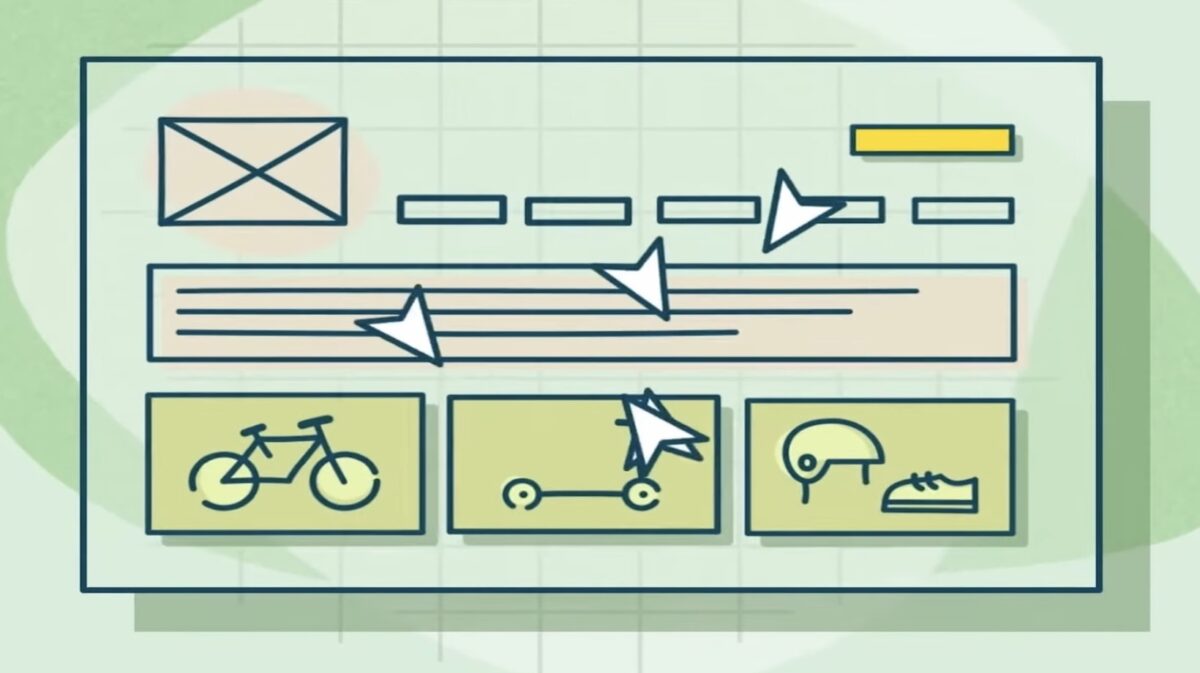What is UX Research?
User Experience Research, or UX Research, weaves a tight network around the end-user perspective and aims at delivering optimal product designs. It’s the linchpin that brings users’ expectations and product reality closer.
Definition of UX Research
UX Research stands at the crossroads of technology, psychology, and market trends. It’s akin to shining a flashlight in the expansive universe of user requirements and expectations. This research illuminates the path that product developers traverse, helping them navigate through user needs, preferences, and propensities to optimally design product functionalities and features.
It’s not just about creating appealing or technologically advanced products. UX Research focuses on molding products that align with both users’ conscious and subconscious needs for a harmonious amalgamation of utilitarian needs and aesthetic preferences. The procedure encompasses various methods like:
- Observational studies
- User interviews
- Surveys
These methodologies provide valuable insights into user behavior, needs, and motivations.
Importance of UX Research
We cannot emphasize enough the importance of UX Research. It opens up the Pandora’s Box of users’ minds, allowing designers to gain insights into user requirements and tailor their designs accordingly.
UX Research takes precedence when it comes to improving user satisfaction. Conducting in-depth research can drastically reduce iterations in the development phase, smoothing product launches and resulting in more content end-users. When product functionalities mirror users’ needs, it eliminates any disruptions in user journeys, creating a seamless user experience.
Moreover, it’s an essential component for reducing overall development costs. Averting needless modifications and amendments in later stages of product development prevents cost overruns and ensures efficient use of resources.
Also, it provides assistance in creating products that are market-ready. A well-researched product stands sanguine chances of withstanding the stiff competition and does not need to tread the arduous process of iterations post-launch.
UX Research stands as the backbone of user-driven design, allowing companies to deliver products that not just meet but exceed user expectations.
Through our investigation of UX Research, we’ve uncovered numerous opportunities for improving product design and elevating user experiences. Stay tuned as we delve deeper into popular UX Research methodologies in the following sections.

Which of the Following is a Primary UX Research Method?
Building on what we’ve already discussed, let’s dig deeper into the core methods of UX research. This isn’t an exhaustive list, but it gives you a solid start to understand the methods that are most commonly used and proven effective.
User Interviews
User interviews are one of the most powerful tools in our UX research arsenal. They allow us to dive deeply into the user’s experiences, attitudes, and perceptions. During a user interview, we can ask open-ended questions that explore the why and how behind user behavior. Of course, it’s critical that these interviews are conducted in a neutral and unbiased manner. This helps us to gain authentic insights and avoid influencing the user’s response or biasing the research data.
To ensure a successful user interview process, we’ve got a few key practices:
- Develop a comprehensive interview guide
- Train interviewers thoroughly
- Ask open-ended and unbiased questions
- Guide the conversation smoothly
Usability Testing
On the flip side, usability testing is another key method for UX research. While user interviews provide qualitative data, usability testing offers quantitative data. It allows us to see directly how users interact with the product. This could include anything from watching a user navigate a new website to observing their gestures while using a mobile app. Essentially, usability testing turns real user interactions into actionable data.
A well planned usability testing should involve:
- A seamlessly operational prototype of the product
- Test users who mirror target audience demographics
- Critical user path testing scenarios
- Observer notes and usability issue logs
Surveys and Questionnaires
Last but not least, surveys and questionnaires are a staple in any UX research toolkit. They’re cost-effective, easily scalable, and can be distributed to a wide audience. Surveys and questionnaires provide numerical data that can be statistically analyzed. They’re particularly useful when we want to validate our findings from user interviews and usability tests.
To craft an effective survey or questionnaire, we follow these steps:
- Define a clear goal for the research
- Design short and simple questions
- Use a mix of question types (multiple choice, rating scales, etc.)
- Test the survey before distribution
- Analyze results with statistical methods
As we explore these primary methods, keep in mind that our goal is to mix and match these research tools to gain insights from both qualitative and quantitative data. After all, a well-rounded UX research strategy uses multiple methods to get the complete picture of user behavior and expectations. It’s not about choosing one tool over another, but about using a balanced blend that paints the whole picture.

